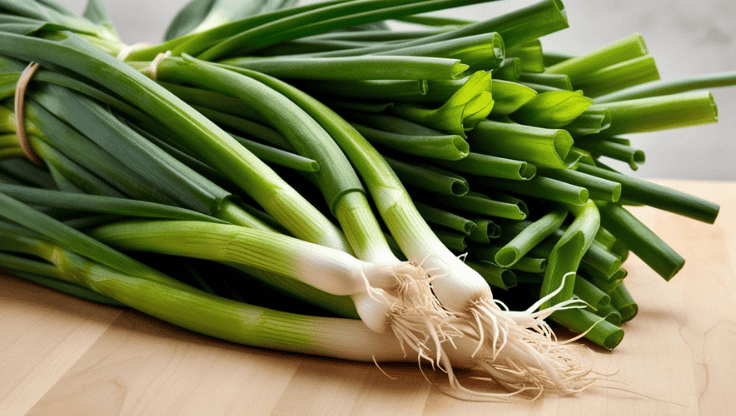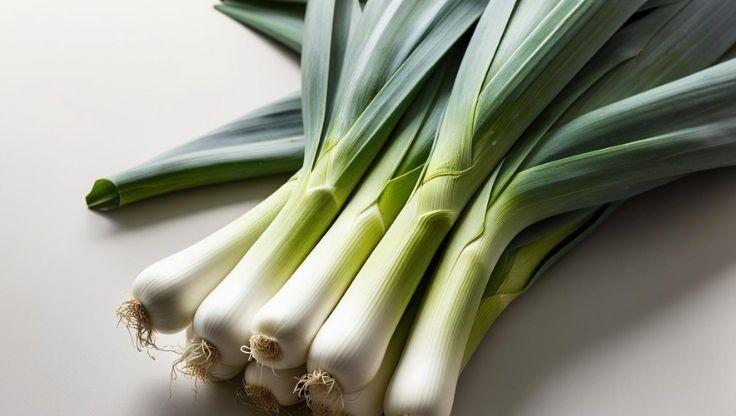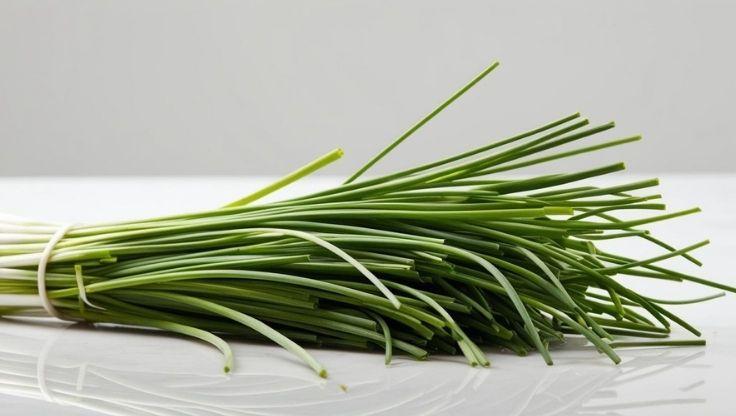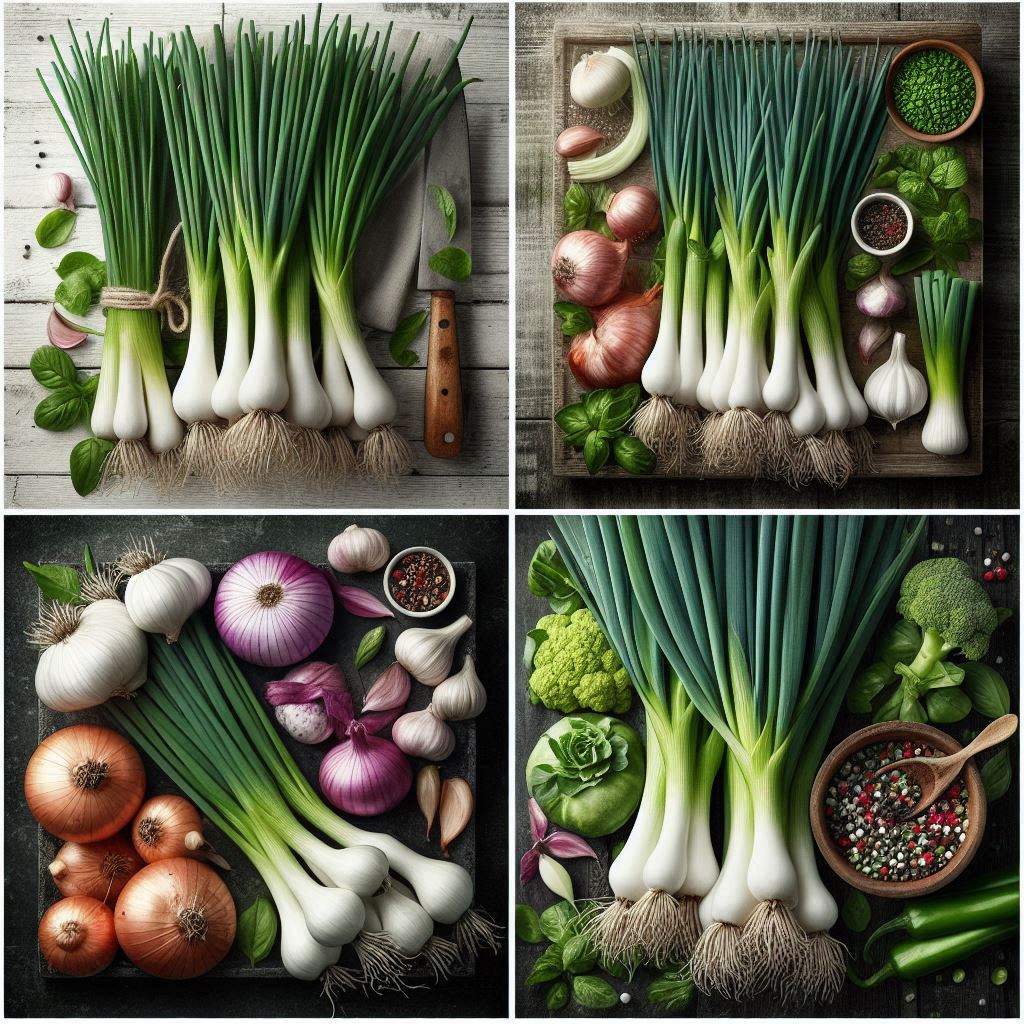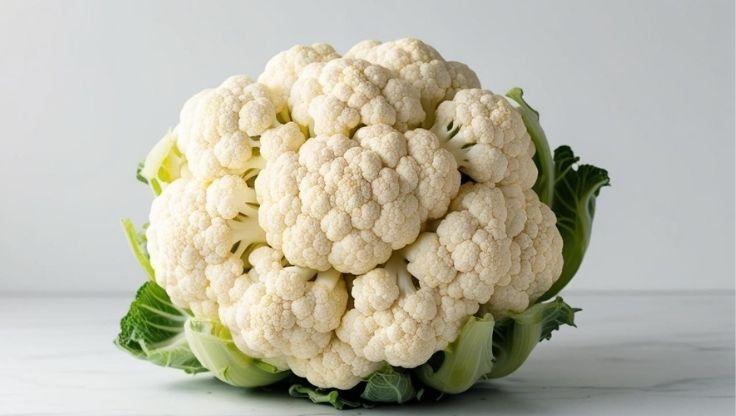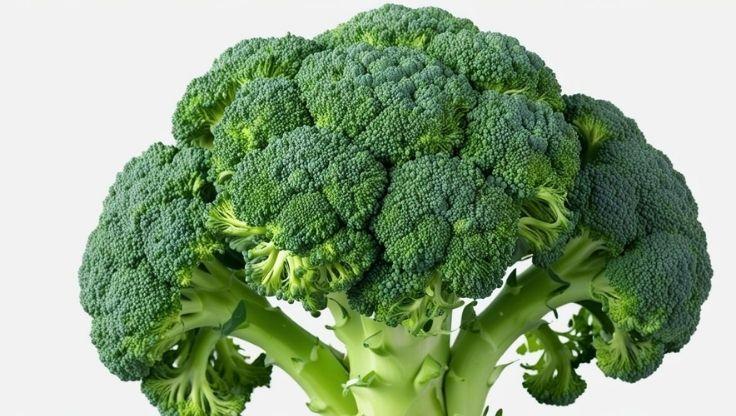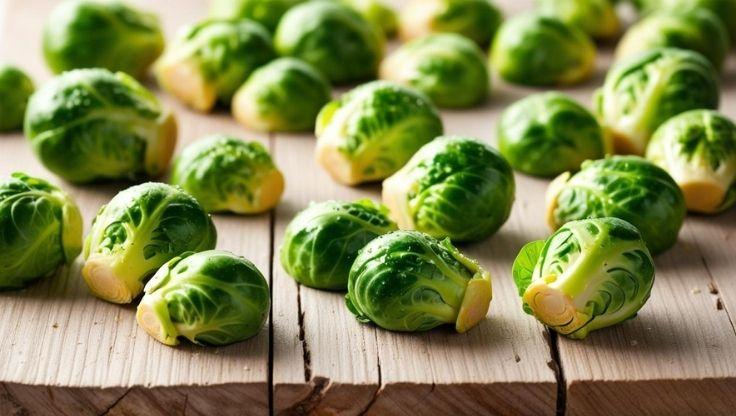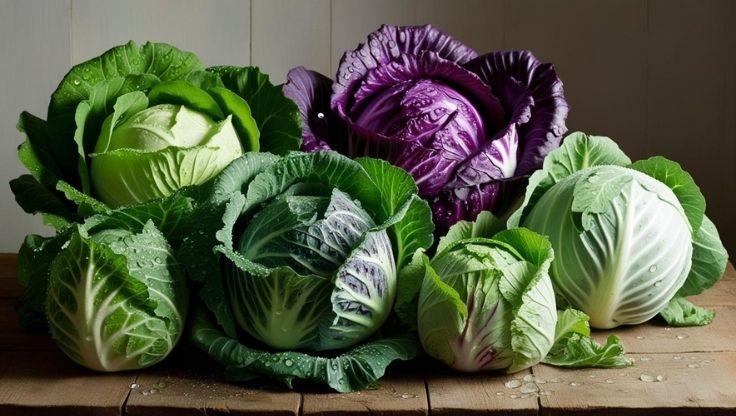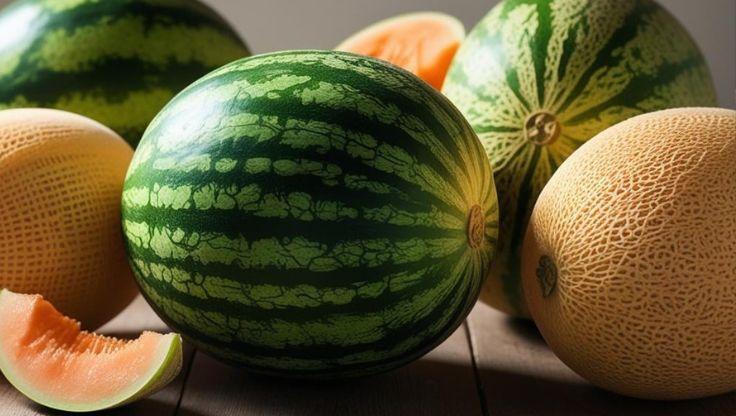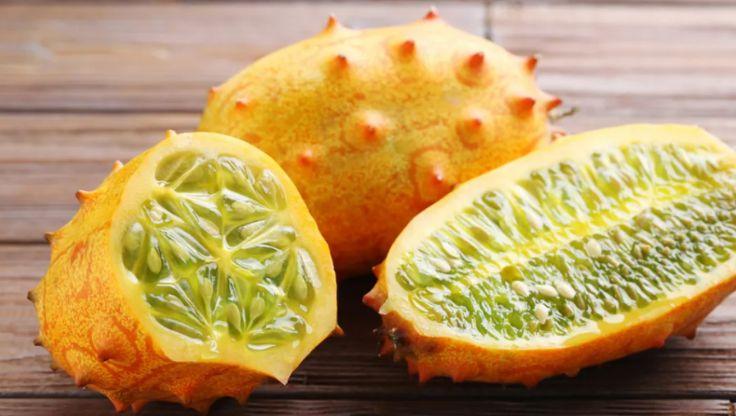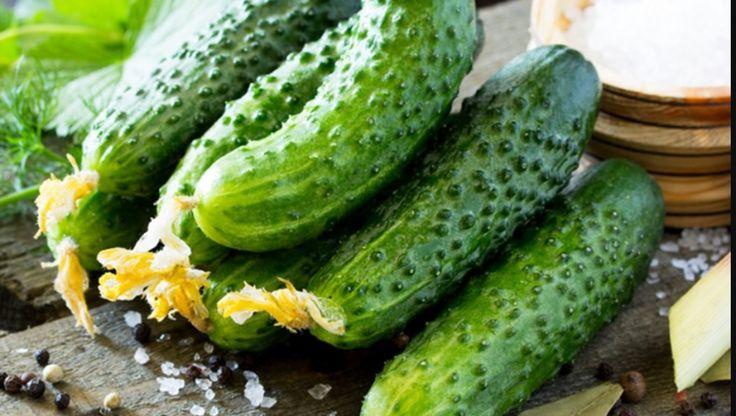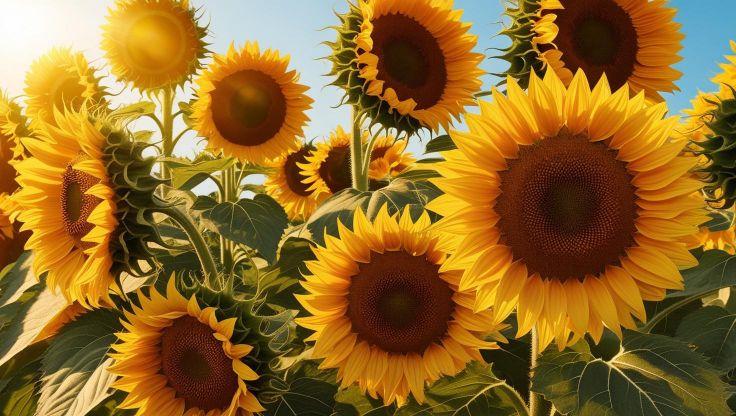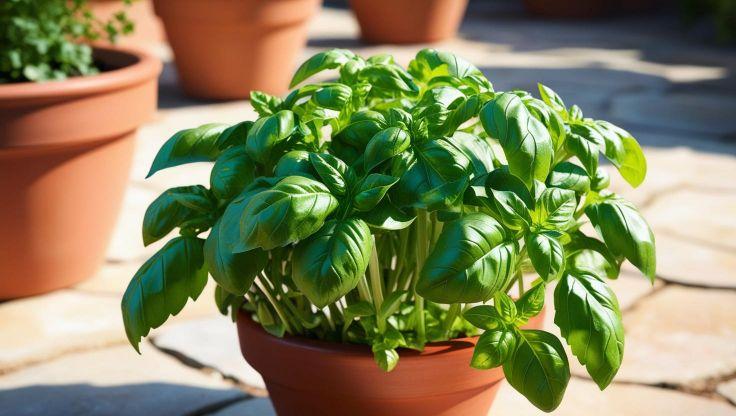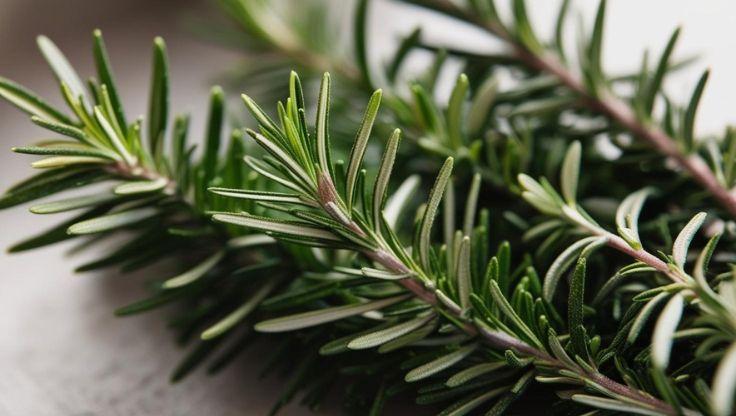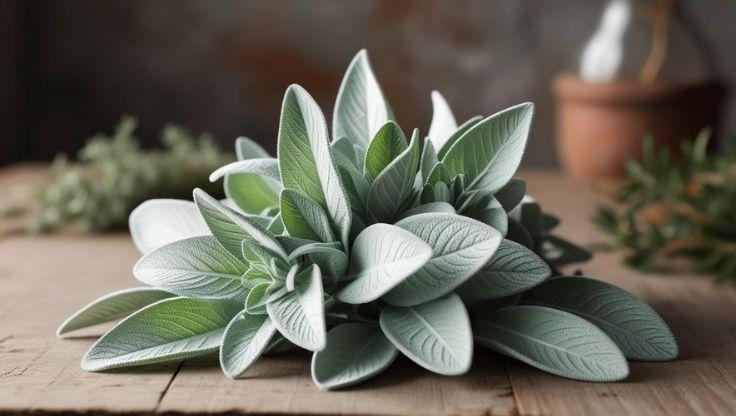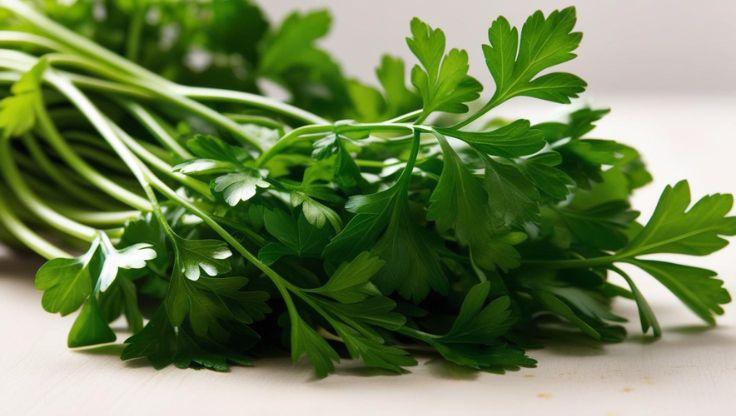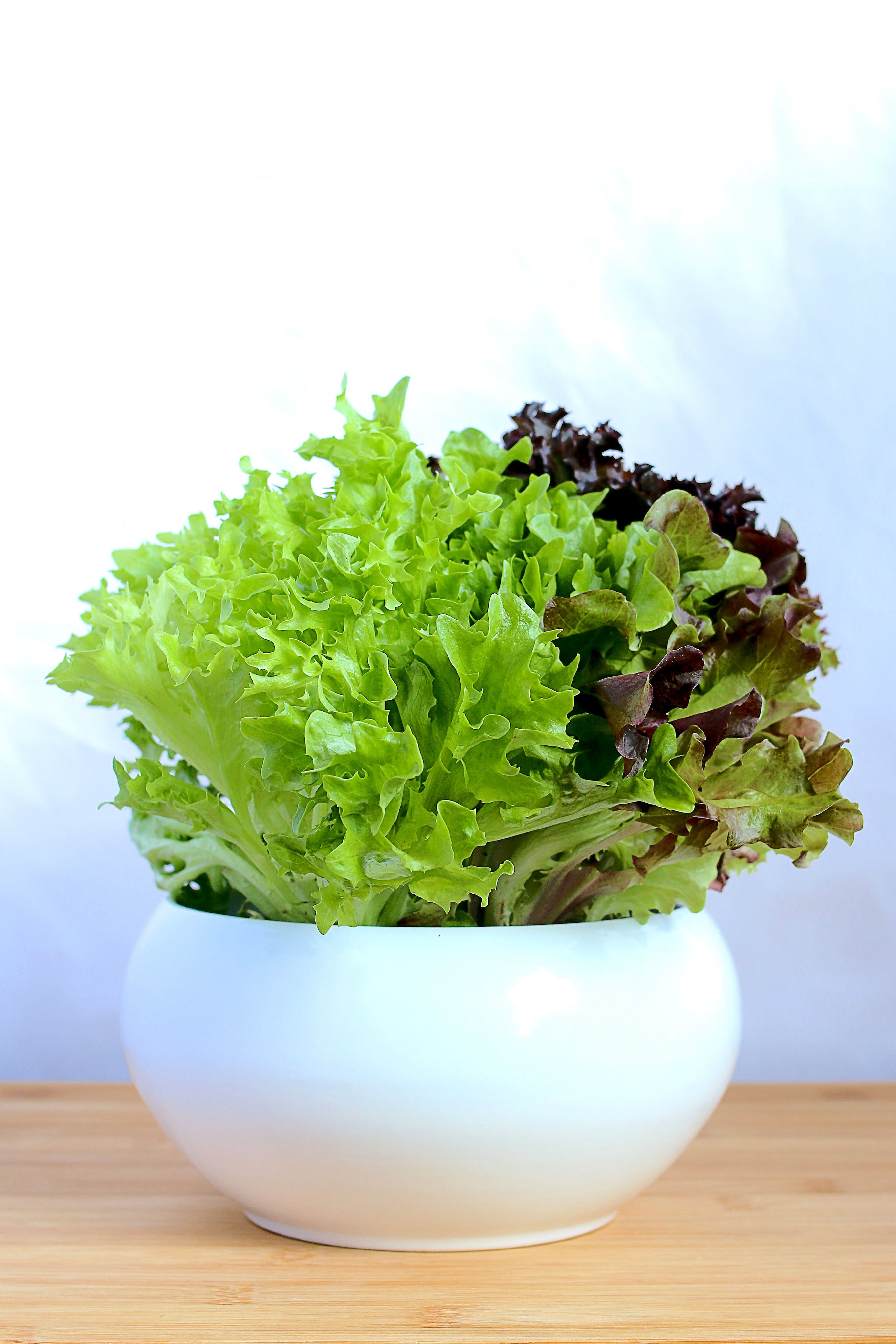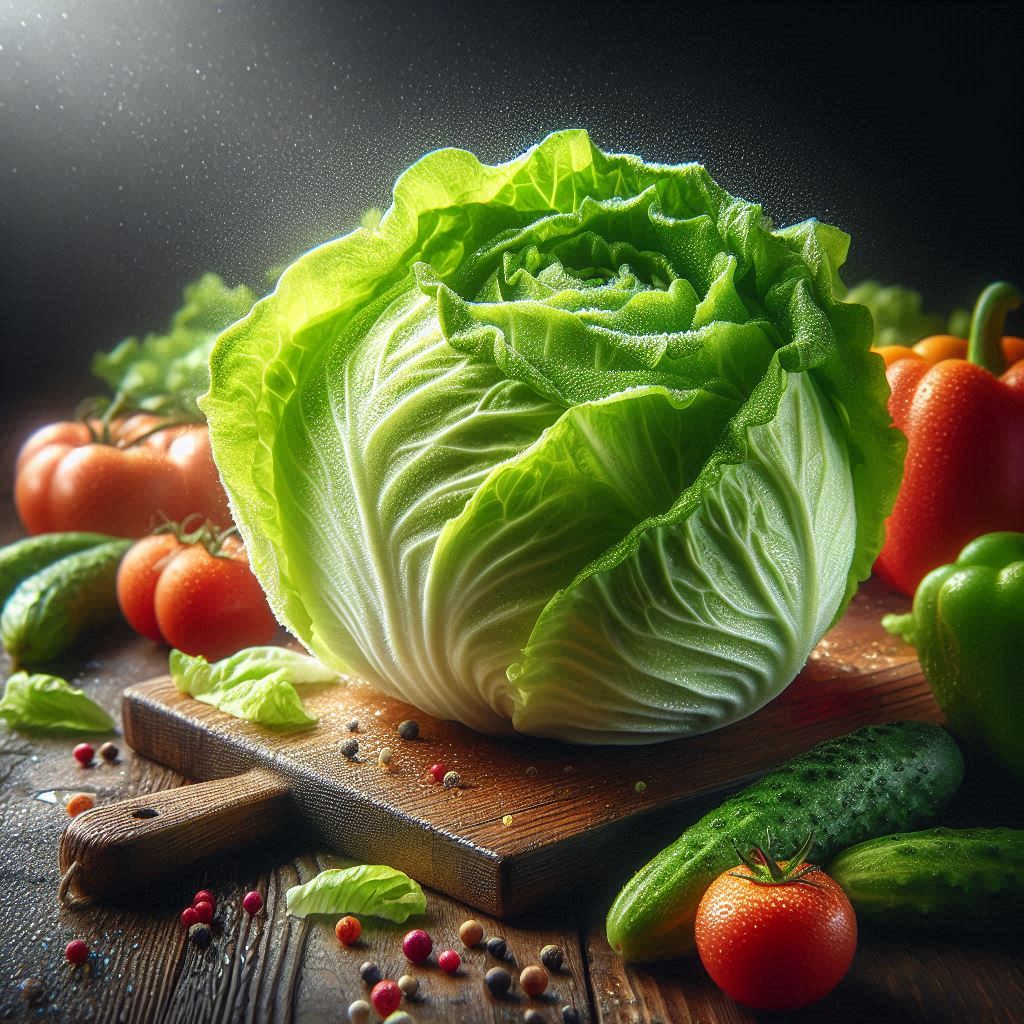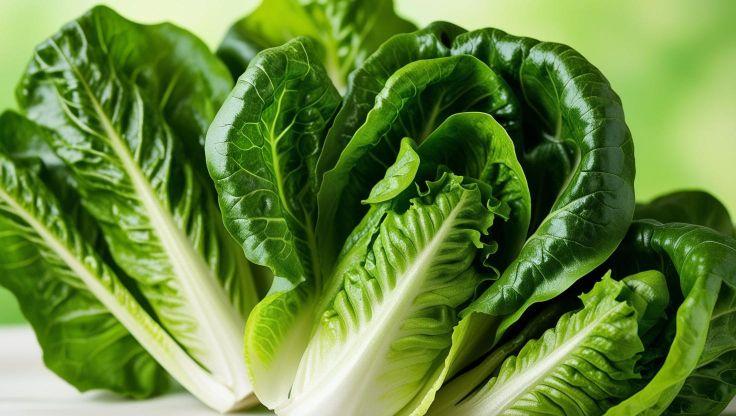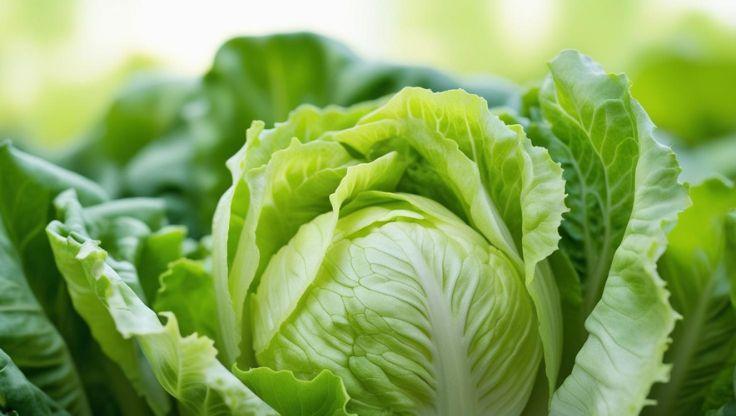Hydroponic Plants: Growing Spring Onions Efficiently
Spring onions (Allium fistulosum) are a versatile, nutrient-rich vegetable belonging to the onion family. Originating from Asia, they are widely used for their mild onion-like flavor and vibrant green leaves. Traditionally grown in soil, spring onions thrive in hydroponic plants systems due to their adaptability and rapid growth. Hydroponic cultivation offers advantages such as water efficiency, reduced pesticide use, and year-round production, making it a superior alternative to soil-based farming.

Optimized Hydroponic Growing Conditions for Spring Onions
Spring onions are among the most adaptable hydroponic plants, thriving in controlled environments where nutrient delivery, light exposure, and climate conditions are precisely managed. By optimizing pH, electrical conductivity (EC), lighting, temperature, and humidity, growers can maximize yield and quality.
Optimal pH and EC Levels for Hydroponic Spring Onions
Maintaining the correct pH and EC levels is essential for nutrient absorption and overall plant health. Spring onions require a pH range of 6.0–6.5, which facilitates efficient uptake of essential minerals. The ideal EC range is 1.2–1.6, ensuring a balanced concentration of dissolved nutrients in the hydroponic solution. These parameters support healthy root development and vigorous leaf growth, preventing deficiencies that could hinder growth. Some sources suggest a slightly lower pH range of 5.5–6.0, particularly in systems like Nutrient Film Technique (NFT) or Deep Water Culture (DWC), where oxygenation plays a crucial role.
Light, Temperature, and Humidity Requirements
Spring onions require 12–14 hours of light daily, preferably from LED grow lights, which provide consistent illumination without excessive heat. The optimal temperature range is 18–24°C (64–75°F), ensuring steady growth while minimizing plant stress. Additionally, maintaining moderate humidity levels is essential to prevent fungal diseases, such as downy mildew, which can thrive in overly damp conditions. Proper air circulation and humidity control help sustain a healthy growing environment.
Additional Considerations for Hydroponic Spring Onion Cultivation
- Nutrient Solution: A well-balanced hydroponic nutrient mix rich in nitrogen, phosphorus, and potassium supports robust growth.
- Growing Medium: Using rockwool, coco coir, or perlite ensures adequate root support and moisture retention.
- Water Quality: Regular monitoring of pH and EC levels prevents nutrient imbalances and enhances plant resilience.
By optimizing these factors, growers can cultivate high-quality hydroponic plants, specifically spring onions, with enhanced flavor and texture. Hydroponic systems offer a controlled environment, reducing the risk of soil-borne diseases and improving overall efficiency in onion production.
Best Hydroponic Systems for Spring Onions
Spring onions are among the most adaptable hydroponic plants, thriving in controlled environments where nutrient delivery, light exposure, and climate conditions are precisely managed. Choosing the right hydroponic system is essential for maximizing growth, yield, and efficiency.
Top Hydroponic Systems for Spring Onions
Several hydroponic systems are well-suited for cultivating spring onions, each offering unique advantages in terms of nutrient delivery and space utilization.
-
Nutrient Film Technique (NFT)
The NFT system is highly efficient for growing hydroponic plants like spring onions. It involves a thin film of nutrient-rich water flowing over the roots, ensuring continuous access to essential minerals. This method promotes rapid growth and prevents waterlogging, making it ideal for shallow-rooted crops. -
Deep Water Culture (DWC)
In DWC systems, spring onions are suspended in a nutrient-rich solution with their roots submerged, allowing for optimal nutrient absorption. This setup enhances oxygenation and supports vigorous growth, making it a preferred choice for commercial hydroponic farming. -
Kratky Method
The Kratky method is a passive hydroponic system that does not require pumps or electricity. It is ideal for small-scale growers looking for a low-maintenance approach. Spring onions thrive in this setup due to their adaptability and minimal water requirements. -
Ebb and Flow System
Also known as flood and drain, this system periodically floods the root zone with nutrient solution before draining it away. It ensures efficient nutrient uptake while preventing root rot, making it a reliable option for growing hydroponic plants. -
Floating Raft System
This method involves placing spring onions on a floating platform in a nutrient-rich reservoir. It provides excellent oxygenation and is commonly used in large-scale hydroponic farming.
Optimizing Hydroponic Growth for Spring Onions
Regardless of the chosen system, maintaining optimal pH (6.0–6.5) and EC levels (1.2–1.6) is crucial for nutrient absorption. Additionally, ensuring 12–14 hours of light exposure, preferably from LED grow lights, supports steady growth. Proper humidity control and air circulation help prevent fungal diseases, ensuring a healthy yield.
By selecting the right hydroponic system and optimizing environmental conditions, growers can cultivate high-quality hydroponic plants, specifically spring onions, with enhanced flavor and texture.
Seed to Seedling, Maturity, and Varieties of Spring Onion
Spring onions are among the most adaptable hydroponic plants, thriving in controlled environments where nutrient delivery, light exposure, and climate conditions are precisely managed. Understanding their growth cycle—from seed germination to maturity—is essential for optimizing yield and quality.
Germination and Early Growth
Spring onions germinate within 7–10 days when sown in a seedling tray with a suitable grow medium such as rockwool or coco coir. These substrates provide excellent moisture retention and aeration, ensuring strong root development. Maintaining a consistent temperature of 18–22°C (64–72°F) during germination accelerates sprouting and enhances seedling vigor. Proper spacing is crucial; each hole should contain only one seed to prevent overcrowding and competition for nutrients.
Seedling Development and Transplanting
After 4–6 weeks, seedlings develop a robust root system and are ready for transplantation into a hydroponic system. At this stage, ensuring adequate light exposure (12–14 hours daily) and maintaining optimal pH levels (6.0–6.5) supports healthy growth. Hydroponic setups such as Nutrient Film Technique (NFT) or Deep Water Culture (DWC) provide efficient nutrient delivery, promoting rapid leaf expansion and strong stalk formation.
Popular Spring Onion Varieties for Hydroponic Cultivation
Several spring onion varieties are well-suited for hydroponic plants, offering adaptability and high yields:
- Evergreen White Bunching – A widely cultivated variety known for its mild flavor and resistance to bolting.
- Ishikura – Characterized by long, slender stalks and excellent tolerance to hydroponic conditions.
- Red Beard – A unique variety with vibrant red stems, adding visual appeal and a slightly stronger taste.
By selecting the right variety and optimizing environmental conditions, growers can cultivate high-quality hydroponic spring onions with enhanced flavor and texture. Hydroponic systems offer a controlled environment, reducing the risk of soil-borne diseases and improving overall efficiency in onion production
Uses and Benefits of Spring Onions in Hydroponic Cultivation
Spring onions are versatile hydroponic plants that offer numerous culinary, health, and sustainability advantages. Their adaptability to hydroponic systems makes them an excellent choice for growers seeking efficient and eco-friendly food production.
Culinary Applications
Spring onions are widely used in various cuisines, adding a mild yet distinct onion flavor to dishes. They are a staple in Asian cooking, frequently incorporated into stir-fries, noodle dishes, and soups. Their crisp texture and fresh taste make them ideal for salads, omelets, and garnishes, enhancing both flavor and presentation. Additionally, spring onions complement grilled meats and seafood, providing a subtle sharpness that balances rich flavors. Hydroponic cultivation ensures a consistent supply of fresh spring onions, making them readily available for culinary use year-round.
Health Benefits
Spring onions are packed with essential nutrients, including vitamin C, vitamin K, and folate, which support immune function, bone health, and digestion. Their high antioxidant content helps reduce inflammation, protecting against chronic diseases such as heart conditions and diabetes. Studies suggest that quercetin, a compound found in spring onions, may contribute to improved cardiovascular health and lower blood pressure. Furthermore, their fiber content aids in gut health, promoting better digestion and nutrient absorption. Hydroponic cultivation enhances nutrient density by providing optimal growing conditions, ensuring that spring onions retain their health benefits.
Sustainability Advantages of Hydroponic Spring Onions
Hydroponic cultivation of spring onions significantly reduces water consumption, using up to 90% less water compared to traditional soil farming. This method also minimizes pesticide use, creating a cleaner and more sustainable food source. Additionally, hydroponic systems allow for year-round cultivation, ensuring consistent supply regardless of seasonal changes. By eliminating soil dependency, hydroponic farming prevents soil degradation and reduces the environmental impact of large-scale agriculture. The controlled environment of hydroponic systems also improves yield efficiency, making spring onions a cost-effective and sustainable crop choice.
Spring onions are an excellent choice for hydroponic growers, offering nutritional benefits, culinary versatility, and sustainable farming advantages. Their ability to thrive in controlled environments makes them a valuable addition to any hydroponic setup.
Challenges and Solutions in Hydroponic Spring Onion Cultivation
Spring onions are among the most adaptable hydroponic plants, but they are not entirely immune to challenges. While hydroponic systems reduce many traditional farming risks, growers must still address common pests, diseases, and growth issues to ensure optimal yield and plant health.
Common Pests and Diseases Affecting Hydroponic Spring Onions
Although hydroponic cultivation minimizes soil-borne pests, spring onions can still be affected by aphids, thrips, and fungal infections. Aphids and thrips feed on plant sap, weakening the leaves and reducing overall growth. Fungal diseases such as downy mildew and root rot can develop in high-humidity environments, particularly if air circulation is inadequate.
To mitigate these risks, growers should implement regular monitoring and adopt natural pest control methods, such as introducing beneficial insects like ladybugs to control aphid populations. Additionally, maintaining proper humidity levels and ensuring adequate airflow within the hydroponic system can significantly reduce fungal infections.
Solutions for Growth Issues in Hydroponic Plants
Spring onions require precise environmental conditions to thrive. Maintaining optimal pH levels (6.0–6.5) and EC levels (1.2–1.6) ensures efficient nutrient absorption, preventing deficiencies that can stunt growth. Adequate light exposure (12–14 hours daily), preferably from LED grow lights, supports steady development and prevents weak, elongated stems.
Using high-quality nutrient solutions rich in nitrogen, phosphorus, and potassium is essential for robust growth. Regular pruning of yellow or damaged leaves promotes healthy development and prevents disease spread. Additionally, ensuring consistent water quality and avoiding fluctuations in nutrient concentration helps maintain plant resilience.
Research for expert insights
These resources deliver valuable expertise and in-depth content for those seeking more knowledge.
|
Company/Institution |
Article Title |
Article Link |
|---|---|---|
|
Western Sydney University |
Flavonol content and composition of spring onions grown hydroponically |
|
|
Federal University of Uberlândia |
Cultivation of green onion (Allium fistulosum L.) with support channels and nutrient solution in hydroponics |
|
|
Nueva Ecija University of Science and Technology |
Vertical Farming Using Hydroponic System: Toward a Sustainable Onion Production |
Their insightful evaluation presents rich information, making them a great asset for readers expanding their expertise.


